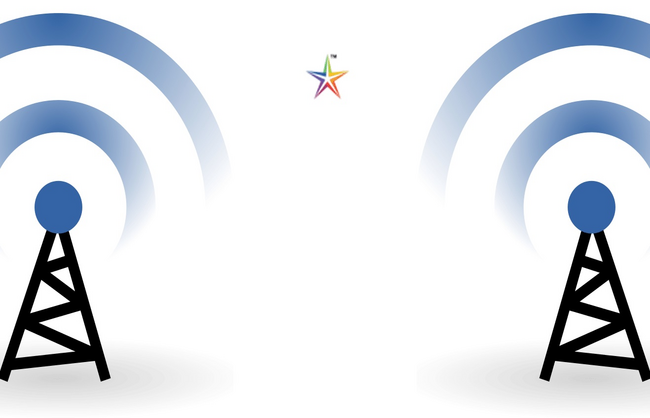Euclideon’s All-New Multi-User 3D Hologram Table
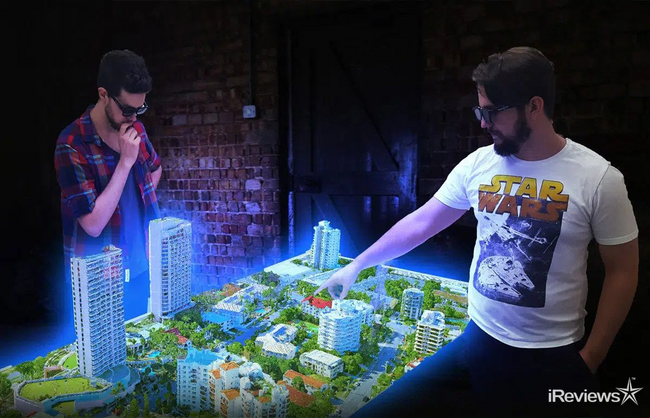
Australian-based Euclideon is using its revolutionary Unlimited Detail (UD) 3D graphics processing engine to build the “world’s first multi-user hologram table.” With a 4.9 x 4.9-foot working prototype already in action, the 8-perspective Euclideon hologram table gives up to four users the incredible experience of interacting with digital content without needing a bulky Augmented Reality (AR) headset.
Widespread Application Opportunity
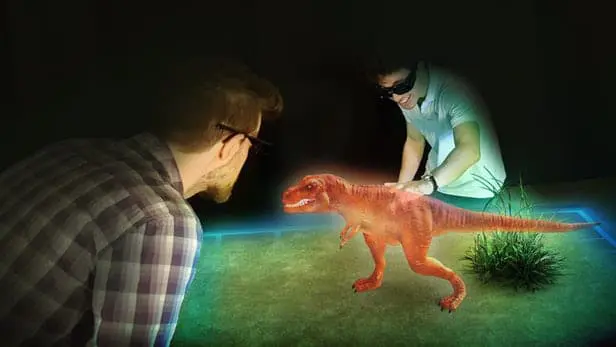
With initial plans centered upon municipality (town planning, area response) application, Euclideon’s hologram table has the potential of impacting business, education, military and educational sectors. Wearing only a small pair of Wayfarer-like glasses, users get to experience a 3D environment from multiple angles by simply walking around the table.
Computer-tracked holograms have been at a standstill for years, mostly because of the limitations of stereo imaging. “The biggest problem with computer-tracked holograms – and people have been making them all around the world in universities and experiments and things like that – is they only work for one person,” CEO Bruce Dell told New Atlas in a recent interview. “If you try having two people, the computer doesn’t know whether to build the image from your perspective or my perspective.”
Euclideon’s UD Technology
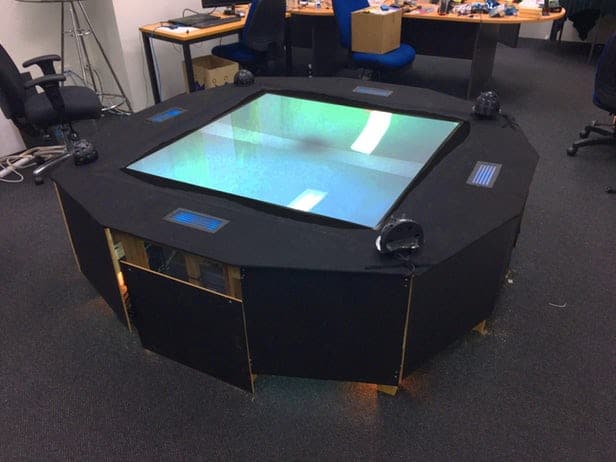
Although impressive, the hologram table has never been an accepted as the go-to gaming technology. Similar to the 3D images seen in movies like Avatar, computer-generated stereo imagery doesn’t change if the viewer is moving around the object. This compromises the desired illusion of 3D holograms, whether its Tupac-style glass projection, spinning fair style, and most projection system currently hitting the market. The technology is explained in more detail in an iReviews feature article.
“Using frequency separation crystal films in both the table surface and the glasses, up to eight separate images can be sorted out from what looks to the naked eye like a jumble of colored light – allowing up to four people to experience a binocular stereo image.”
Euclideon set out to make the first holographic 3D table with eight different perspectives. According to Euclideon, the company’s technology renders gigantic virtual spaces in minute detailing – perfect for “geospatial imaging, presenting laser-scanned or hand-designed 3D maps of entire cities.” The technology is enhanced even further by wearing the motion trackable sunglasses, the table is capable of tracking the position of each one of your eyes – building a custom image for each eye.
“Once you put the glasses on, suddenly there are objects made of light floating up to 24 inches above the table.”
Motion-Trackable Sunglasses
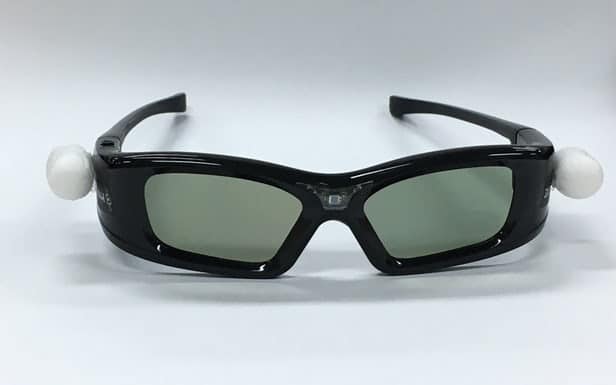
“The technical term is they are theoretical atoms that the computer is generating according to the view of your left and right eye, and that gives the illusion that they’re floating in space,” according to Dell. “The device is projectors that are under a special sort of film between two pieces of glass. The projectors run light through special crystals that do things to the wavelength.”
With the hopes of one day rekindling the video arcade, Euclideon’s hologram table is poised to disrupt the multi-player interactive gaming industry. Armed with the company’s state-of-the-art UD graphics engine and a small pair of motion-tracking sunglasses, the Euclideon table is capable of point-scanned city maps and CAD renders with limited processing demands. In other words, this is one highly versatile technology with widespread application.



